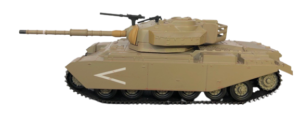NEWSLETTER
Yom Kippur War
The Yom Kippur War, or Ramadan War, was launched by the Arabs on October the 6th 1973. The conflict pitted Israel against a coalition of Arab armies led by Egypt. It ended on the 25th of October. This war paved the way to a permanent peace agreement between Israel and Egypt.
Share your war story
If you, or your loved one, actually took part in the 1973 war, then we appreciate if you could share your story. If you have photos, memorabilia, videos etc. please share these with us so we can include them in out Sagger historical simulation project.
In Sagger we present a comprehensive and accurate historical information. Sagger is considered by us as a both; entertainment and education. An “edutainment” system. This novel project includes a lot of research and in depth analysis of the Yom Kippur war. Playing Sagger will familiarize you with
the historical events, their importance and consequences for the Middle East and for the world at large.
At the moment, we have very little material from the Arab side of the conflict. If you are an Arab soldier that took part in this war, or have any Arab media material from these events, then please share these with us as well and/or tell us the actual war stories that you know.
We want to present to our players maximum amount of the real war information.
Featured community posts
We Are Working To Get
Welcome to WordPress. This is your first post. Edit or delete it, then start writing!
Background Of The War
USSR ARAB SUPPORT AND DÉTENTE WITH THE USA
The Soviet Union, the leader of the socialist world, was firmly in the Arab camp, bringing along all its satellite countries, like Poland, Hungary, Romania and others. All in all, more than one hundred countries expressed their support for the Arabs and their goals. Russian arms were pouring into the country. Egypt and Syria were being equipped with modern fighter planes, anti-aircraft and anti-tank missiles, artillery and much more. Israel was politically isolated. European countries were primarily concerned with their access to Arab oil. America was the only friend on which Israel could count to provide supplies. However, America insisted that Israel must not preempt the imminent Arab attack. The Nixon administration was very eager to avoid war at any cost. Despite unmistakable signals to the contrary, the Americans chose to hope that the Arabs would not attack.
THE CONCEPT
Despite the seriousness of the situation, the IDF itself failed to take the necessary steps. The head of Israeli intelligence agency Aman, General Eli Zeira, firmly believed in the theory known as the “concept”. It was based on the assumption that the Egyptians would not go to war until their air force (and other military services) were fully prepared. The “concept” also included the assumption that Syria would never attack Israel unless joined by Egypt. Therefore, the Israeli leadership was convinced that a serious attack by the Arabs, was years away.
ASSAD QUEST FOR GLORY
Syrian leader Hafez al-Assad had a more radical approach. An implacable foe of the Jews, he hoped to build up his military enough to crush the Israelis completely and vindicate Arab military honor. Assad saw the military force as the only way to deal with Israel.
SADAT WISH FOR SINAI RETURN
Sadat was quoted in the New York Times declaring that “…in return for total withdrawal from Sinai, he would recognize Israel as an independent state.” However, many Arab leaders wanted more – much more. They urged Israel to return to the pre-Six-Day-War borders of June 5, 1967. For President Sadat, fostering conflict with Israel served to divert the Egyptian public opinion away from the major domestic economic problems. Sadat believed that, by scoring a limited military victory, he would change the situation enough to force Israel to give up its gains from the Six Day war.
SIX DAYS WAR
This conflict arose, partly, because some very significant territories, captured by the Arabs in the War of Independence, were recaptured by Israel in the 1967 Six Day war. In a decisive, lightningly-fast campaign, Israel has captured Egypt’s Sinai Peninsula, major parts of the Golan Heights, and the territories of Judea and Samaria (the West Bank), which Jordan had occupied during the 1947-49 war. All this has badly hurt the Arab sense of pride, as a small Jewish country has defeated the major Arab powers in just six-days.
Historical character profiles
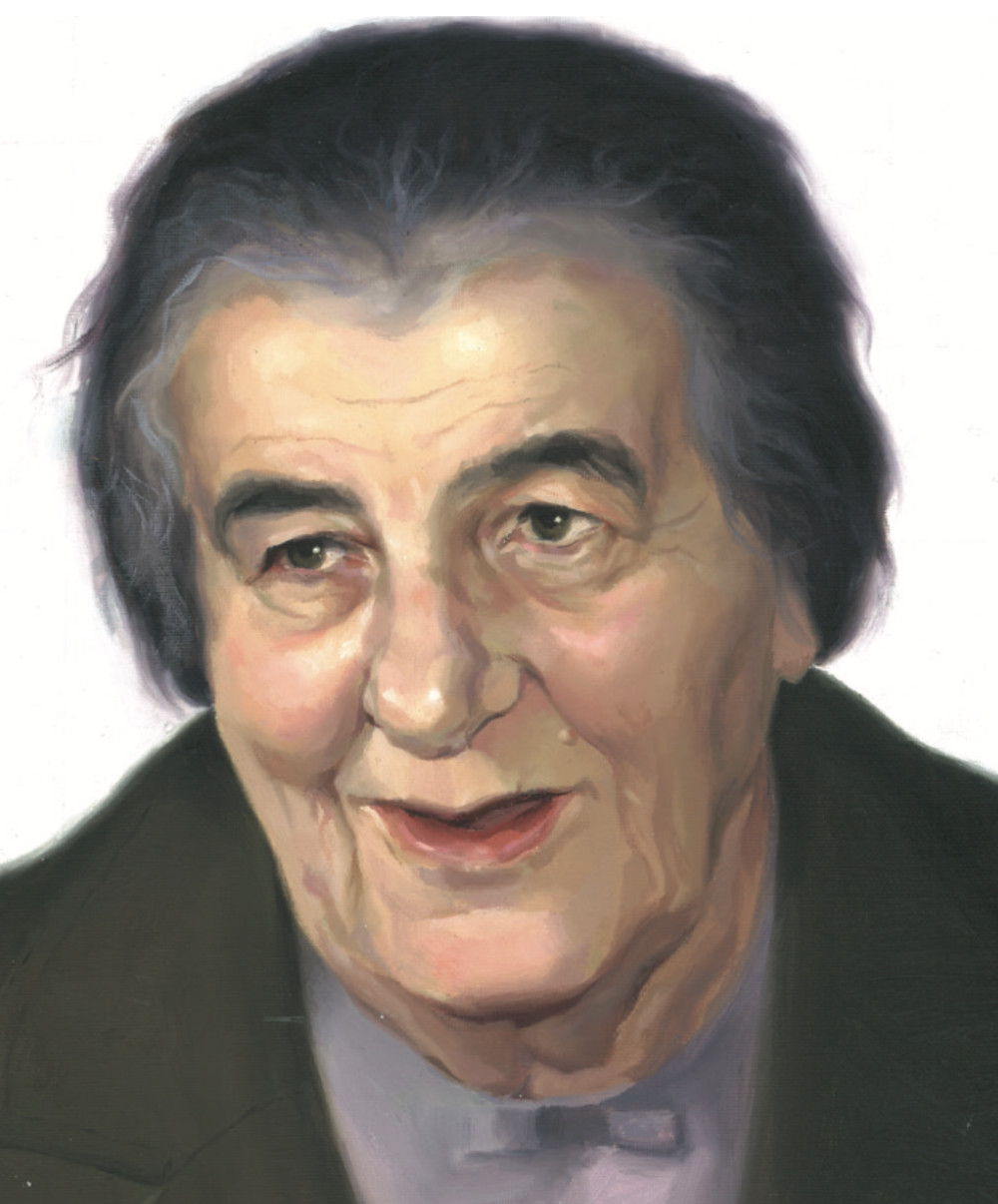
GOLDA MEIR
Golda Meir was the first female prime minister of Israel and was its leader during the Yom Kippur War. Born in Kiev, she emigrated to the USA as a child and then, emigrated to Israel, when it was still under the British Mandate in 1921. As member of the Labor party of Israel she has spend most of her career as a political activist or as a minister in different governments. She was known as the “Iron lady” of Israel. She ordered the hunting of the Munich Massacre terrorist and dealt decisively with the Israel enemies.
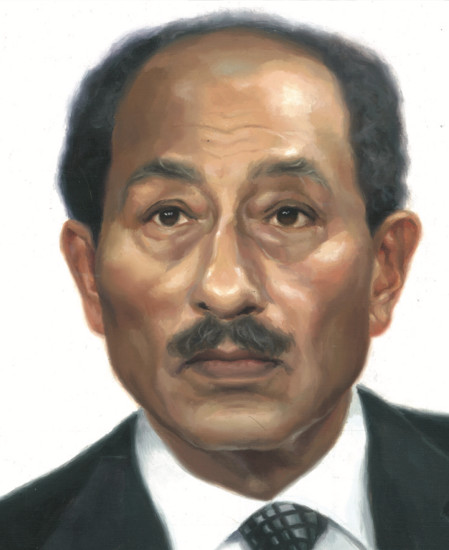
ANWAR AL-SADAT
Anwar Al-Sadat was the president of Egypt from 1970 until his assassination in 1981. Coming from a poor family, he was a pragmatic and intelligent. His efforts led Egypt to stand its ground against Israel, move from USSR sphere of influence to the USA patronage and he has negotiated return of Sinai to Egypt. This won him glory and it restored Egypt’s honor.
We use this new evolving technology to build Sagger Yom Kippur War Simulator. That help us explaining historical events using interactive user friendly technologies.

HAFEZ AL-ASSAD
Hafez Al-Assad was the defense minister of Syria during the six days war and the president of Syria from 1971 until 2000. He took power following a coup and lead Syria with an iron fist. He established a one party system and created a cult of personality around himself. His reign was consider brutal and bloody by any standards. He aimed to restore the Syria’s glory, bruised by defeat by Israel in 1967. To accomplish that, he worked closely with the USSR and has reorganized the Syrian army.

MOSHE DAYAN
Moshe Dayan was an Israeli military and political leader. He was known worldwide as the fighting symbol of Israel since he was directly involved in all of the Israeli wars since the war of independence until the Yom Kippur war. He started his career at the ago of 14 in the ranks of the Hagana and finished as a defense minister of Israel. He lost his eye from a bullet hitting his binocular in Syria in the 40’s. His failed leadership during the Yom Kippur war led to his resignation.
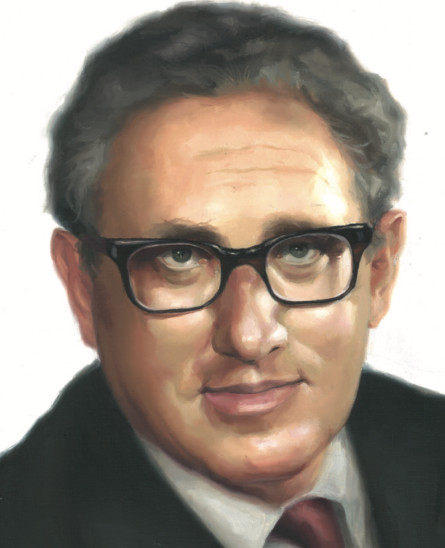
HENRY KISSINGER
Henry Kissinger, an American politician, who, as an advisor for national security and secretary of state, was a major influence in the shaping of the U.S. foreign policy from 1969 to 1976. In 1973 he was jointly awarded the Nobel Prize for Peace with Le Duc Tho of North Vietnam for their efforts to negotiate a peaceful end to the Vietnam War. During the Yom Kippur War, he simultaneously pressured and supported Israel, while always, promoting the American interests, even at the cost of Israeli lives.
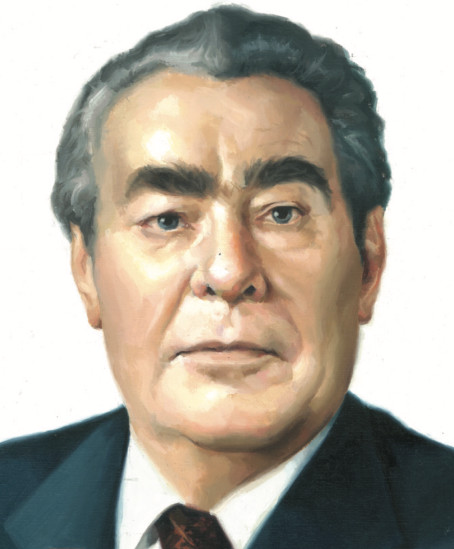
LEONID BREZHNEV
Leonid Brezhnev, was a political leader of USSR from 1964 to 1982. He was a pragmatic, and conservative leader whose policies lead to the decline of the USSR. Brezhnev believed in détente with the USA since he realized that arms race was too heavy a burden for the Russian economy. Under his leadership, USSR, unrealistically, strived for world dominance. As part of that effort USSR supported the Arab states in their conflict with Israel.
Course of the war
THE WAR STARTS
At the start of the war, the Egyptians had an almost forty-to-one advantage in the Suez Canal Zone. The Egyptian attack started at 1400 hours with a massive artillery bombardment of the sixteen Israeli strongholds along the Bar Lev Line and the deployment of 4,000 troops by boats, to cross the canal. All in all, the Egyptians unleashed 100,000 soldiers against the meager IDF front line defenses.


THE EARLY ISRAELI DEFEATS
The Syrian assault came as a complete surprise for the IDF. Suddenly and unexpectedly, the IDF troops found themselves under heavy artillery and air attack. The Syrians coordinated their actions with the Egyptian attack. The thinly spread Israeli defenders had little chance to stop the onslaught. The manpower and equipment differences were huge. Loss of the Mount Hermon observation center was a major blow to the Israeli intelligence-gathering capabilities. In Sinai, IDF tried an unrealistic unrealistic plan to quickly crush the two Egyptian armies despite IDF lacking the necessary forces. The failed October 8 IDF attack has rattled the morale of the IDF. The situation appeared hopeless, and to some top officials, the survival of Israel and the Jewish people was in question. Moshe Dayan believed that victory was not possible, and IDF had to abandon Sinai and the Golan.
IDF COUNTER-OFFENSIVE
A successful IDF defense against the Syrians stopped them around the Valley of Tears. IDF decided to counter-attack by disrupting Syrian Command and Control logistics in Damascus by hitting at their center of power. This was followed on October 11th by IDF crossing the Purple Line border and capturing Syrian territory in the direction of Damascus. In Sinai, the IDF implemented a bold plan to cross the Suez Canal and cut off a big part of the Egyptian invasion force. Crossing of the Suez Canal involved a major challenge of negotiating the 160-meter-wide canal under the enemy fire. At first, the Egyptians believed that IDF’s crossing into Africa was a just a minor diversion. A Jewish “physiological warfare”. When they finally realized what was going on, it was too late to stop the IDF. The IDF plan was successful and by October 24th the Egyptian 3rd army got completely cut off.


IDF TAKE BACK THE HERMON
On October 21, late at night, the 1st Golani Brigade soldiers started climbing Mount Hermon. The Syrians defended the intelligence complex with great determination and self-sacrifice, but they were no match for the IDF troops. Mount Hermon was captured after some fierce combat. The Syrian losses were very large and included the downing of seven Syrian MiG planes and two helicopters carrying reinforcements.
FINAL CEASE-FIRE
On October 25, the UN issued resolution 340, which finally ended the fighting. The war was effectively over. The Egyptians and Israelis entered into direct negotiations. It was the first time in history that the two sides negotiated directly with each other. On November 11, a formal cease-fire agreement was signed that included an exchange of prisoners and plans for future diplomatic moves toward peace negotiations.

Join our Historical Newsletter
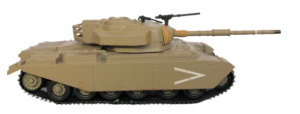
We got Some interesting stories from Yom Kippur War. Where should we send them?
Thank you!
You have successfully joined our subscriber list.
Check your e-mail to confirm your email.
